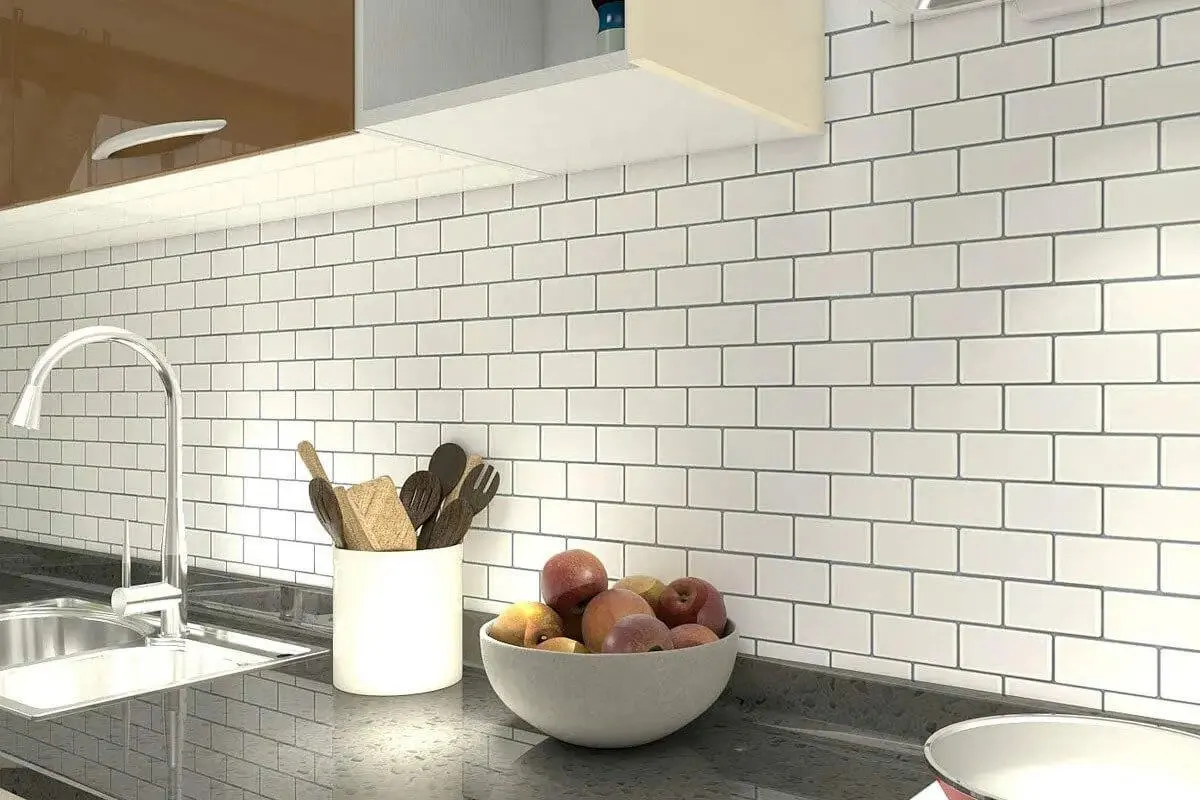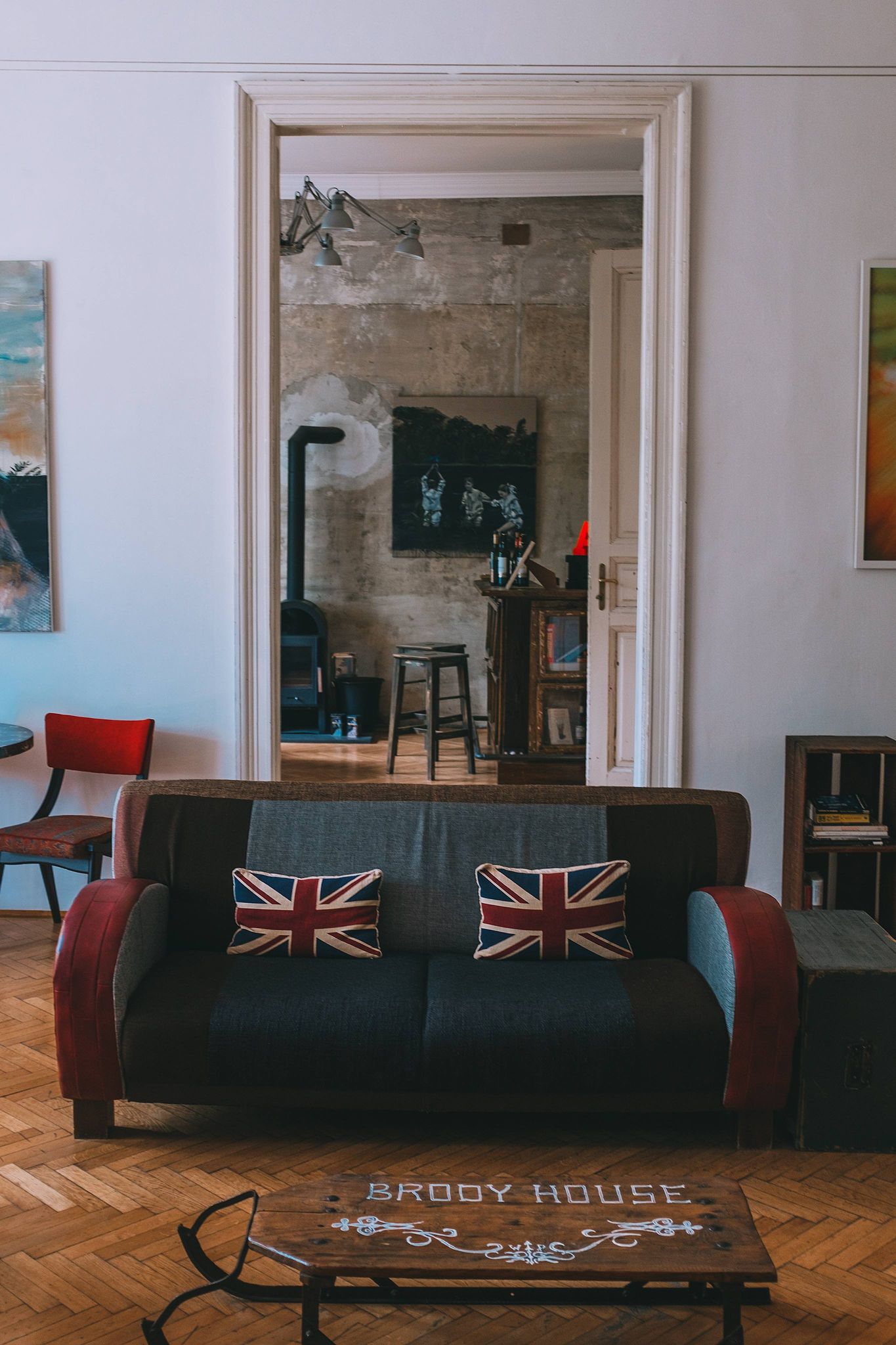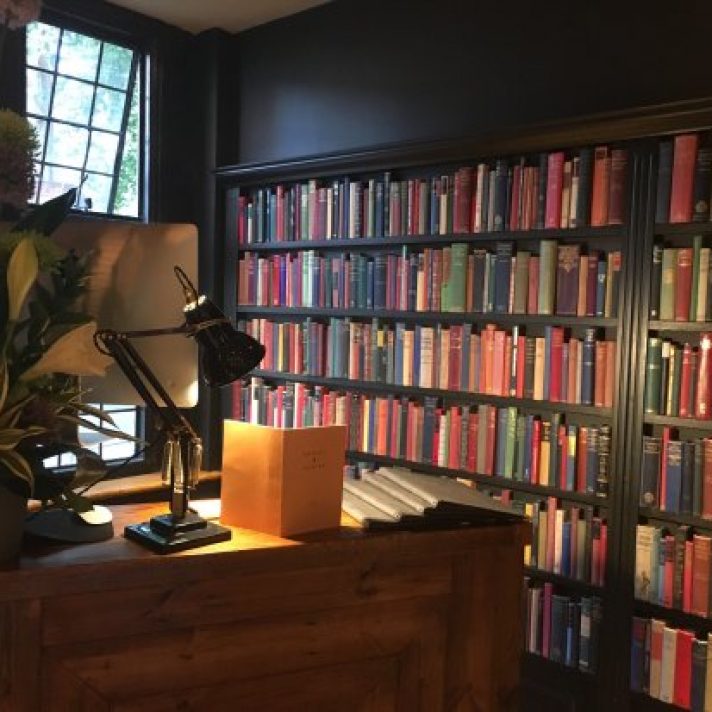Transitional home decor is one of today’s most popular design approaches. It blends the timeless elegance of traditional style with the simplicity of modern design. The result is a balanced, inviting, and versatile look that works for any home. Whether you are renovating or just updating a few pieces, understanding how to create transitional home decor interiors can help you achieve a space that feels both comfortable and stylish.
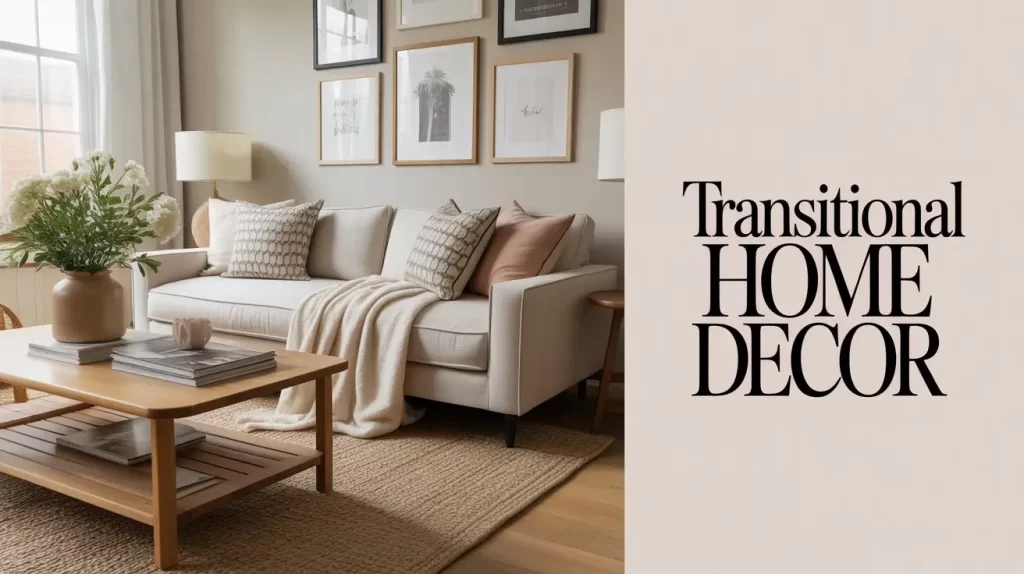
Content
What Makes Transitional Home Decor Unique?
Transitional design takes the best of two worlds. From traditional style, it borrows warm colors, classic furniture shapes, and refined details. From modern design, it embraces clean lines, neutral tones, and clutter-free spaces.
According to a 2023 report from the National Association of Home Builders, more than 55% of homeowners prefer transitional interiors because they are timeless, adaptable, and easier to maintain compared to trend-heavy styles.
Key characteristics include:
- Neutral color palettes with pops of accent shades.
- A mix of textures such as wood, fabric, glass, and metal.
- Furniture that blends soft curves with sleek silhouettes.
- Minimal yet thoughtful accessories.
Color Palettes in Transitional Spaces
Color is the foundation of transitional interiors. Instead of bold or flashy colors, designers recommend neutral bases like beige, taupe, cream, gray, and white. These shades create a calm backdrop, while accent colors like navy, emerald, or muted gold add personality.
For example, painting walls in soft gray and adding accent pillows in deep blue can create depth without overwhelming the space. The beauty of transitional home decor lies in its flexibility—you can shift accents seasonally without changing the entire room.
Furniture Choices for Transitional Interiors
Furniture plays a vital role in achieving balance. Pieces are often simple, but not overly modern. Upholstered sofas, tufted chairs, and wooden coffee tables are common. Designers suggest mixing rounded furniture with streamlined pieces to create harmony.
When shopping, look for:
- Sofas with neutral fabrics.
- Coffee tables with wooden tops and metal frames.
- Side chairs with soft curves.
- Dining tables that combine sturdy wood with clean lines.
This approach keeps the room timeless while ensuring comfort.
Textures and Materials in Transitional Home Decor
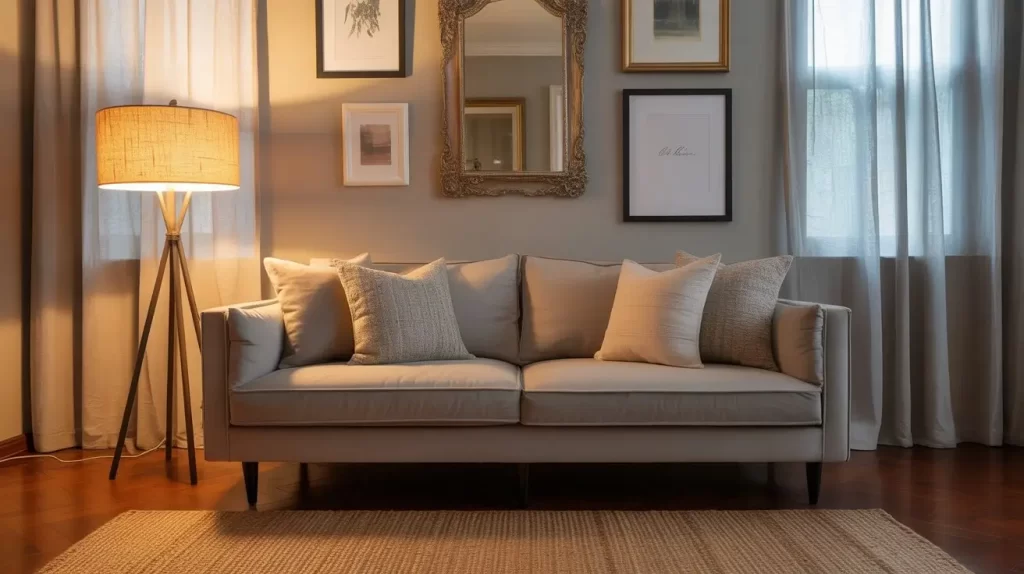
Layering textures is a key element in transitional design. Natural wood, leather, glass, and linen are often combined to add warmth and depth. For example, pairing a wooden console with a glass lamp and linen seating creates a look that feels both sophisticated and welcoming. Area rugs also play an important role in tying the space together. Neutral rugs with soft patterns ground the furniture and add comfort. Just like in an exterior home style, balance and texture are what make the design timeless and inviting.
Lighting and Accessories
Lighting is one of the most effective ways to enhance transitional home decor. Chandeliers with clean designs, table lamps with neutral shades, and recessed lighting keep spaces bright and balanced.
Accessories should be minimal but meaningful. Instead of cluttering with too many objects, focus on a few standout items—like framed artwork, vases, or statement mirrors. Plants can also be added to bring freshness and life into the room.
Transitional Home Decor in Different Rooms
Transitional style works across the entire home. Here’s how it can be applied:
Living Room
Neutral sofas, a wooden coffee table, and layered lighting create a cozy yet elegant living space. Add accent pillows and a patterned rug for warmth.
Dining Room
Mix upholstered chairs with a sleek wooden dining table. Pendant lighting above the table adds sophistication without overpowering the room.
Bedroom
Opt for a tufted headboard, soft bedding, and a neutral palette. Add metallic lamps or mirrors for subtle luxury.
Kitchen
White cabinetry paired with marble countertops and stainless-steel appliances creates a transitional balance of modern function and classic design.
Budget-Friendly Tips for Transitional Home Decor
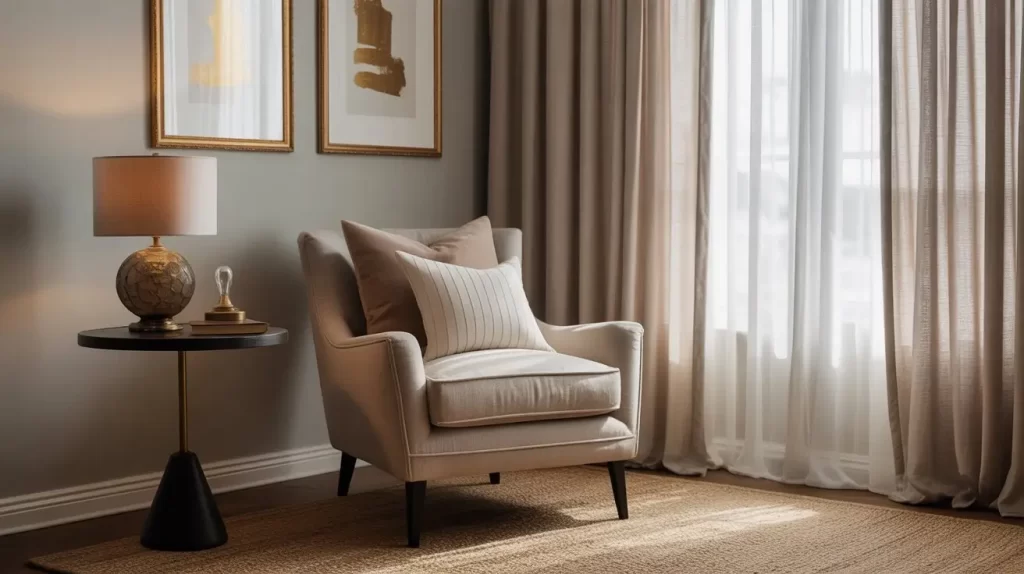
Not every update requires a large budget. Small changes can make a big impact:
- Swap bold curtains for neutral ones.
- Replace old hardware with brushed nickel or brass.
- Add throw pillows in neutral and textured fabrics.
- Use rugs to anchor furniture and define spaces.
- Mix existing traditional pieces with newer modern accents.
These small updates help you achieve the look without costly renovations.
Why Transitional Style Remains Popular
One reason transitional home decor continues to rise in popularity is its timelessness. Unlike design trends that fade quickly, transitional style adapts over time. Whether you add modern artwork or a vintage cabinet, it blends seamlessly.
Another reason is practicality. The balance of comfort, functionality, and style makes it appealing to families and individuals alike. It’s a design approach that evolves with your lifestyle.
Conclusion:
Transitional home decor combines the warmth of traditional design with the simplicity of modern style. By focusing on neutral palettes, layered textures, functional furniture, and balanced accessories, you can create a timeless and welcoming home. Whether updating one room or redesigning your entire space, transitional interiors offer flexibility, elegance, and lasting comfort.
FAQs about transitional home decor:
What is transitional home decor style?
Transitional home decor is a blend of traditional elegance and modern simplicity. It combines classic furniture with clean lines, neutral colors, and layered textures.
What are the colors for transitional interior design?
Neutral shades like beige, gray, cream, and taupe are most common. Accent tones such as navy, emerald green, or muted gold are used for depth and contrast.
What does a transitional living room look like?
A transitional living room features neutral sofas, a mix of traditional and modern furniture, layered rugs, clean-lined tables, and minimal but meaningful décor.
Can you mix modern with transitional?
Yes, transitional design naturally mixes modern with traditional. Clean modern pieces blend well with classic details, creating balance and timeless appeal.

Alexis is a dedicated home improvement blog author who has a passion for writing. She enjoys blogging about all sorts of topics, from interior design to landscaping and more! She loves the outdoors and spending time in nature with her family. She also likes to bake in her free time.

